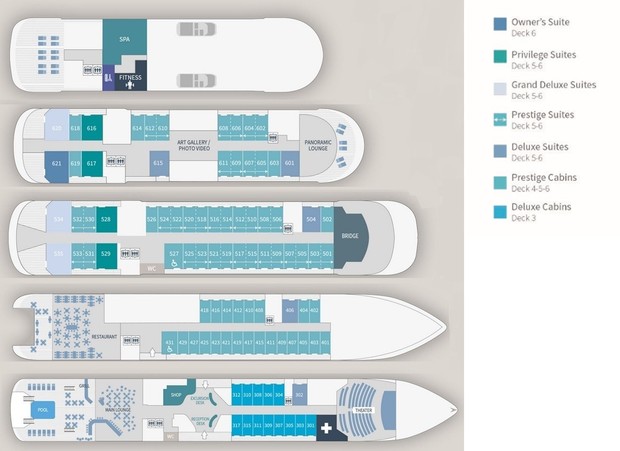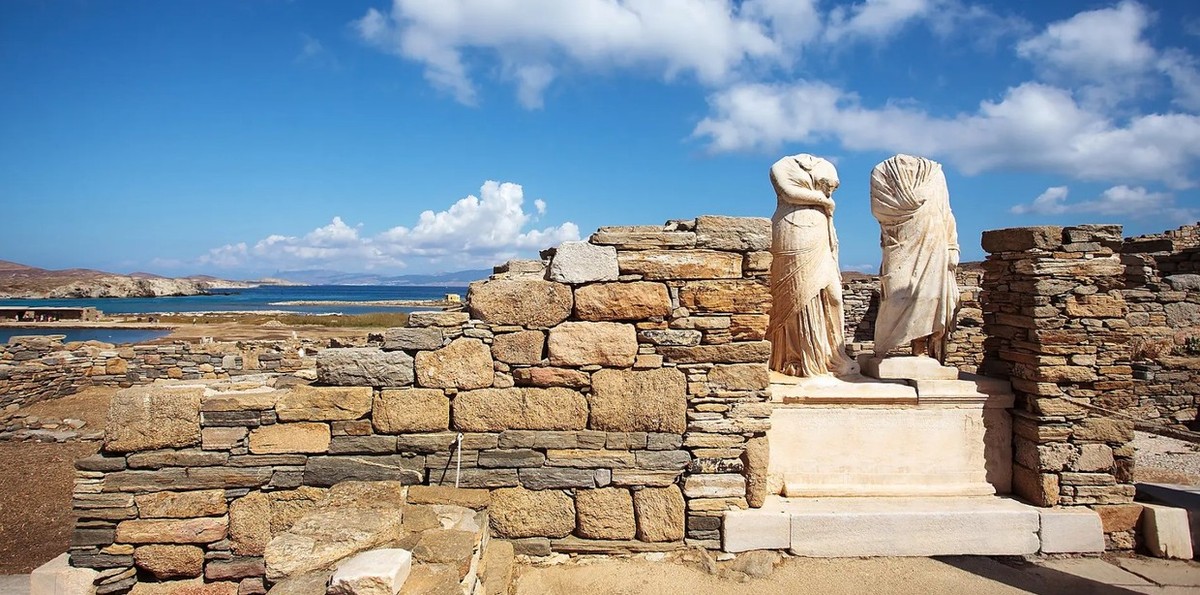
In alliance with Smithsonian Journeys.
This cruise is part of a collection of PONANT voyages that are specially-tailored for English-speaking travelers who want to engage with the world. In addition to the usual elements of the PONANT experience, the listed price for these voyages includes transfers to and from the ship, talks and discussions aboard ship by world class experts, and a shore excursion or activity in each port of call that encourages guests to embrace the sights, sounds, tastes, and smells of the local environment and culture.
Departing from Istanbul, capital of the Roman, Byzantine, and Ottoman Empires, your first stop is the port of Canakkale, from where you may travel south to explore ancient Troy, site of the war that is the subject of Homer's Iliad, or cross the Dardanelles to visit the World War I battlefield and cemeteries at Gallipoli.
Kusadasi on Turkey's Aegean coast is your gateway to Ephesus, one of the world's greatest archaeological sites, spanning the period from the Hellenistic world through the early Christian era. The immense excavation here includes temples of several Roman emperors, the iconic Library of Celsus, and the terraced hill houses, with their splendid mosaics and frescoes, overlooking the city below.
Leaving Turkey for the Greek Islands, spend a day on Patmos and discover the monumental Byzantine monastery that guards the cave where St. John the Evangelist received his visions of the Apocalypse. You will also have time to explore the island's Chora (main town), home to an 11th-century monastery and to a labyrinth of picturesque, cobbled streets and arched alleyways.
Santorini offers a choice between browsing the sundrenched shops and restaurants of Thira and Oia, perched on cliffs overlooking the caldera of an ancient volcano, or exploring the Bronze Age site of Akrotiri, destroyed by a massive eruption of that volcano in the 2nd millennium BC, but preserved in ash and pumice much like Pompeii.
The island of Delos was sacred to the ancient Greeks—the birthplace of Apollo and Artemis, and home to countless shrines and temples—a veritable open-air museum. Mykonos, by contrast, is a sophisticated island resort with smart cafes and boutiques, where you will enjoy an afternoon and evening at leisure to soak in all that this dazzling town has to offer.
From Nafplion travel to Mycenae, the legendary home of Agamemnon and an important center of the extraordinary civilization that flourished here in the 2nd millennium BC, before continuing to Epidaurus, the ancient shrine of Asklepios, whose ruins are dominated by a 4th-century BC theater that is one of the finest in Greece.
Your journey concludes in Athens, Europe's oldest capital and birthplace of democracy.
- A voyage specially-tailored for English-speaking travelers including discussions with experts, transfers before and after your cruise, and an included excursion or activity in each port of call.
- Engaging discussions onboard with two Smithsonian Journeys Experts.
- Experience as many as six UNESCO World Heritage sites.
- Visit the site of the Trojan War.
- Marvel at the splendor of Ephesus.
- See the cave on Patmos where John the Evangelist had visions of the Apocalypse.
- Explore the remarkably well-preserved Bronze Age ruins on Santorini.
- Marvel at the sheer number of temples and shrines on tiny Delos.
- Relax and refresh in the cafés and shops for which Mykonos is famous.
- Step into the Homeric age of heroes at Mycenae.
- Witness the architectural sophistication of the Classical Age at Epidaurus.
Prices quoted here are often dependent on currency fluctuations. Please check with (01432 507450 or [email protected]) for the very latest price, which may well be cheaper than the one advertised here.
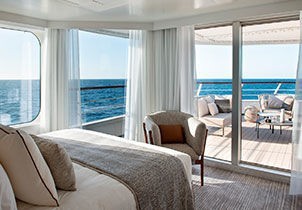
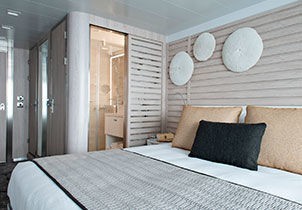

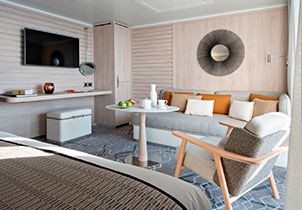


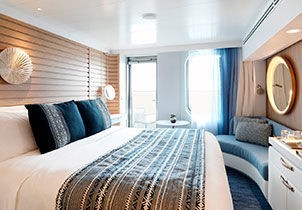


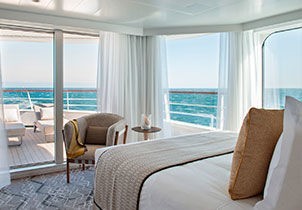
Located on the Bosphorus, Istanbul is one of the most beautiful of all Turkish cities. Named Byzantium when founded by the Greeks, and then Constantinople under the Roman Empire, this city is steeped in history and, for this reason, is a listed UNESCO World Heritage site. Located on Sultanahmet hill, the great Blue Mosque, the mysterious Hagia Sophia and the vast Topkapi palace and its countless mosaics, dominate the Marmara Sea. In the Beyazit district, the Grand Bazaar allows to discover elegant covered passages. A little further away, delicate aroma of loukoum and spices will draw the visitors’ attention at the Egyptian Bazaar.
Çanakkale is located on the edge of the straits of the Dardanelles, in the north-west of the country. On the promenade alongside the harbour, you’ll come across a contemporary sculpture of an immense wooden horse evoking Odysseus’ legendary scheme to take Troy. In the Archaeological Museum, you’ll see artefacts found during the excavations made in the ancient city. Thirty or so kilometres south of Çanakkale, you can also visit the archaeological site of Troy, a UNESCO World Heritage site. Rising out of the luxuriant Mediterranean vegetation, you’ll see many stone walls, sculptures and inscriptions, as well as a theatre with stone tiers.
The attractive seaside resort of Kusadasi is located in a gulf on the western coast of Turkey. You can bathe there in clear waters or stroll along the coastal walk, in the shade of palms. In the historical district, you can take a mosey down the narrow streets and explore the colourful shops in the bazaar. Close by, the Ephesus archaeological site in the hillsides provides an opportunity to discover the ruins of one of the most famous cities of Antiquity.
Patmos is one of the legendary must-see islands in the Dodecanese. This is where Saint John resided, presumed author of the last book in the Bible. The cave of the Apocalypse and the Saint John Monastery are dedicated to him. These sites, which are listed by UNESCO as World Heritage, are located at the top of a hillside planted with vines and orchards. On the shore, the crystalline coves of Kambos and Lampi offer absolutely gorgeous swimming areas.
The spectacular volcanic island of Santorini stands out proud in the Cyclades. Its basalt cliffs offer particularly expansive views of the Aegean. To enjoy these views, you can head for the capital, Fira. Its floral belvederes of bougainvillea provide a bird’s-eye view of several thousand metres of coastline. Further away, the gorgeous village of Oia looks like a stairway of blue and white houses on the slopes of the volcano. In the south of the island, you will be able to visit the stunning ruins of Akrotiri, an ancient city destroyed by an eruption and covered with a thick layer of lava stone.
This legendary Cyclades island of Delos stands just a few miles southwest of Mykonos. The ceremonial solemnity of this ancient holy sanctuary will not leave you indifferent. The sheer size and importance of this UNESCO World Heritage site which covers over half of the island is thrilling in itself. From the Stoa of Antigonos, the Terrace of the Lions, to the carved marble animal statues, you will make discovery after discovery, against a backdrop of the Aegean stretching to the horizon. The theatre steps on the hillside are a particularly good place from which to enjoy the expansive view.
Nicknamed “little Venice”, Mykonos is famous for its Alefkandra district where houses are built right on the water’s edge. Their multi-coloured loggias are emblematic of this Cyclades island, as are the pelicans and windmills. You can get close up to the birds on the quaysides of the old port. Up on the hillside, you can see the windmill sails turning. In the cobbled streets of the pedestrian centre, bougainvillea bedeck immaculate facades. As you weave in and out of the little streets, snatches of coastline will undoubtedly call you to the island’s beaches, the quietest of which can be found on the northern coast.
The engaging town of Nafplion is staggered up green hillsides of the Argolic Gulf, to the east of the Peloponnese. Do not be surprised by its extremely varied cultural heritage. Some of the must-see visits are the ancient agora on the plateau of Akronafplia, Italianate arcades in Syntagma square as well as the baroque fortress of Palamidi on a hillside of the same name. At the top of the hill, views of the gulf and the surrounding mountains are simply awesome. If you want to chill out by the water’s edge, walk along the Arvanitia promenade to a beautiful creek in the shade of cedars and cypresses.
The Greek capital city is located on the edge of the Saronic gulf, in the east of the country. It bears a plural name in reference to the first villages that surround the Acropolis. You will be enchanted by the rocky plateau presided by its monuments listed as UNESCO World Heritage. In the city below, you can visit some of the liveliest districts in Athens: Plaka, with its maze of colourful streets, and where, in the evenings the drifting aroma of moussaka and garlic prawns will tickle your taste buds. The National Archaeological museum and the Cycladic Art Museum are also some of the city’s key attractions and allow visitors to discover Athens’ cultural past.
Itineraries are subject to change.
Le Bougainville

| Wheelchair accessible cabins | yes |
|---|---|
| Lifts/elevators | yes |
| Built | 2018 |
Featuring innovative and environmentally-friendly equipment, elegantly designed cabins, spacious suites with large windows, and lounge areas that open onto the outside, this new limited-capacity yacht boasting just 92 cabins and suites will offer you a truly unique cruising experience.
As the first ship in a new series that remains true to the Ponant spirit, Le Bougainville will embody the unique atmosphere that is the cruise line’s hallmark: a subtle blend of refinement, intimacy and comfort.
Aboard this ship that flies the French flag, you will experience the incomparable pleasure of an intimate cruise, with the possibility of exploring an ever-increasing range of destinations in an ethnic-chic ambiance with luxury service.
Experience a luxurious setting where the accent is on authenticity and passion for travel.
RESTAURANTS
As it is an essential part of French culture, gastronomy will naturally have pride of place aboard this new ship. Through its two restaurants, Le Bougainville will invite you on a journey to elegance and epicureanism.
In a relaxed atmosphere, a first dining area located on Deck 3 and able to seat 70 will serve grilled meats daily, along with a variety of salads and desserts.
To the back of Deck 4, you will find a 260 m² panoramic restaurant which can accommodate all of our passengers in a single sitting. Designed differently to that on our other ships, this dining area, which opens onto the outside, will have a buffet of salads, desserts and cheeses at your disposal. Our discreet and attentive crew will provide table service for hot meals.
PUBLIC AREAS
Like Le Boréal and its sisterships, Le Bougainville has many common areas that are designed and equipped to meet all of your needs while preserving the intimacy of each passenger.
A 140 m² reception area includes:
A reception/concierge desk, An excursions desk, The ship’s administrative services, The sales office, manned by our Guest Relations Officer, Our 50 m² boutique which sells clothing, jewellery, beauty products, postcards and various accessories, Toilets accessible to passengers with reduced mobility.
A new hydraulic platform with adjustable height provides: Easier boarding than on any other cruise ship, Easier Zodiac embarkation and disembarkation for expeditions, Easier access to the sea for swimming and practising various water sports such as kayaking or paddle-boarding.
A pool deck offering: A pool with a panoramic view, equipped with a counter-current swimming system, A pleasant solarium, An outdoor bar and lounge with armchairs and sofas.
A 200 m² main lounge which can accommodate all of our passengers to share convivial moments and to host activities organised during the day or evening.
Lastly, a theatre that seats 188, equipped with: The latest sound and lighting technology, A LED wall as the stage backdrop, for the projection of high-resolution images and videos.
Please click the following links to read more about Ponant and the other Ponant cruise ships.
